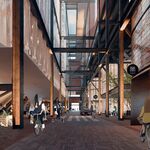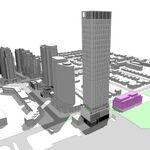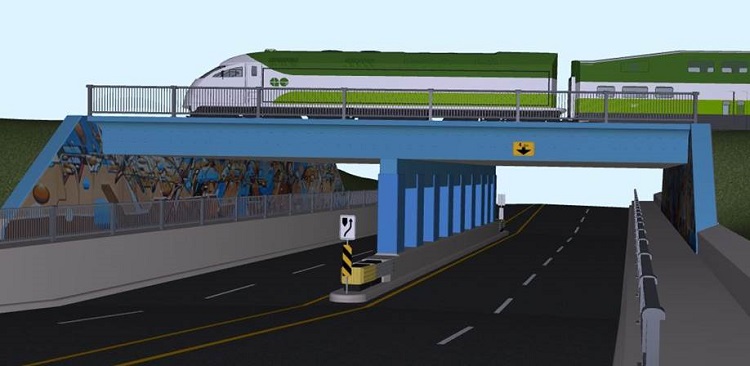crs1026
Superstar
^I'm curious how many of the mature trees are in close proximity to the rail right of way, versus further removed but in the way of culverts etc.
One thing that one notices is just how much railway rights of way generally have become overgrown over the past 25 years, often to the point of becoming unsafe as sight lines are affected. It is possible in places to note branches brushing against one's train as they pass.
The growth of vegetation barriers between neighbourhoods and railway tracks is a good thing, but I wonder if any of the tree cover was due to be removed anyways as there is currently regulatory focus on trimming things back on many lines.
Most of this growth is just scrub vegetation that grew naturally, with a good measure of weed and invasive tree species. While I agree that the local environment needs mitigation, this may actually be a good opportunity to select species or plantings that improve the space both in providing barriers to the railway and making the space enjoyable. There is good reason to mistrust ML - hopefully it gets done right.
- Paul
One thing that one notices is just how much railway rights of way generally have become overgrown over the past 25 years, often to the point of becoming unsafe as sight lines are affected. It is possible in places to note branches brushing against one's train as they pass.
The growth of vegetation barriers between neighbourhoods and railway tracks is a good thing, but I wonder if any of the tree cover was due to be removed anyways as there is currently regulatory focus on trimming things back on many lines.
Most of this growth is just scrub vegetation that grew naturally, with a good measure of weed and invasive tree species. While I agree that the local environment needs mitigation, this may actually be a good opportunity to select species or plantings that improve the space both in providing barriers to the railway and making the space enjoyable. There is good reason to mistrust ML - hopefully it gets done right.
- Paul




































